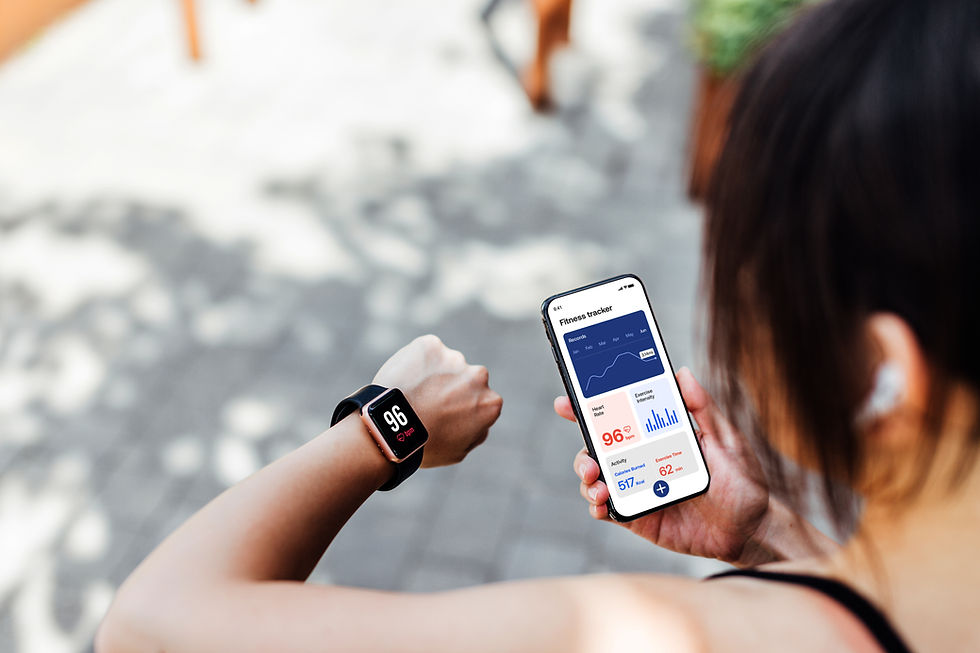How to Patch Test Skincare Products
- Morgan Carpenter
- Aug 8, 2022
- 3 min read
Updated: Aug 17, 2022

What is a Patch Test?
Whenever speaking to a dermatologist or trying out a new skincare product, you may have heard that you’re supposed to perform a patch test first before implementing anything new into your skincare routine. A patch test is simple to do at home and essentially determines whether a formula will cause irritation or an allergic reaction before you start using it.
How to Perform a Patch Test
1. Select a Patch Test location
Select a place on your skin where the product is not likely to rub off or be washed away throughout the day. Hands are not a good choice due to regular washing. Many people prefer to use the inside of the arm or the bend of the elbow.
2. Apply The Product
Apply the product to about a quarter-sized patch of skin, in no thicker a layer than you would normally apply it.
3. Allow to sit, and Rinse
Leave the product on for about the same time as it would normally sit on your skin. For cleansers or other products that would normally be rinsed off, do not leave them on for longer than 5 minutes. Note that doing so can cause irritation to the skin even if you’re not sensitive to any of the ingredients.
4. Watch for Irritation
Look for signs of irritation after the wear period. Commonly, this will involve redness, bumps, itching or burning, and any other discomfort. If your skin becomes irritated by a product, stop using it rinse off the path test immediately.
5. Repeat
Repeat the procedure for about a week, as sometimes irritation won’t occur on the first use.
How to Avoid Wasting Product
Skincare is often expensive, so buying a new product only to have it cause irritation and be unusable is frustrating. To get around this problem while still taking precautions and doing patch tests, you can:
Ask your dermatologist for samples of any product they’ve recommended to you. Chances are, for non-prescription skincare or any brands that they refer patients to regularly, they’ll likely have some on hand.
Ask for samples at beauty suppliers and cosmetics stores. Even if pre-packaged samples aren’t available, some stores offer to package a small amount of skincare products you ask about -- particularly if you mention wanting to patch-test it at home before purchasing.
Buy the travel or mini-sized options when samples aren’t available.
Always be sure to patch test as instructed, and discontinue use if any irritation occurs. A patch test can tell you whether a formula is irritating your skin, but specific allergens may best be determined by an allergy test with a medical professional. You should avoid patch-testing multiple products in the same area, for instance, do one patch on each arm to try two products at once -- and keep track of which is which! Patch testing is a great way to safely try new products, and it can help you avoid face-wide irritation by just starting a new skincare routine without testing it first.
Want to create your own skincare clinical trial?
Citruslabs provides a simple and affordable way to prove that your skincare products actually work. At Citruslabs, we design a clinical trial that is right for you and your budget, so you can start sharing research-backed product claims without spending a fortune. We offer the cohesive planning and management required to conduct successful clinical trials, from start to finish. Ready to get started? Let's talk! You can contact us here.



